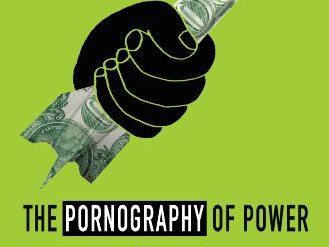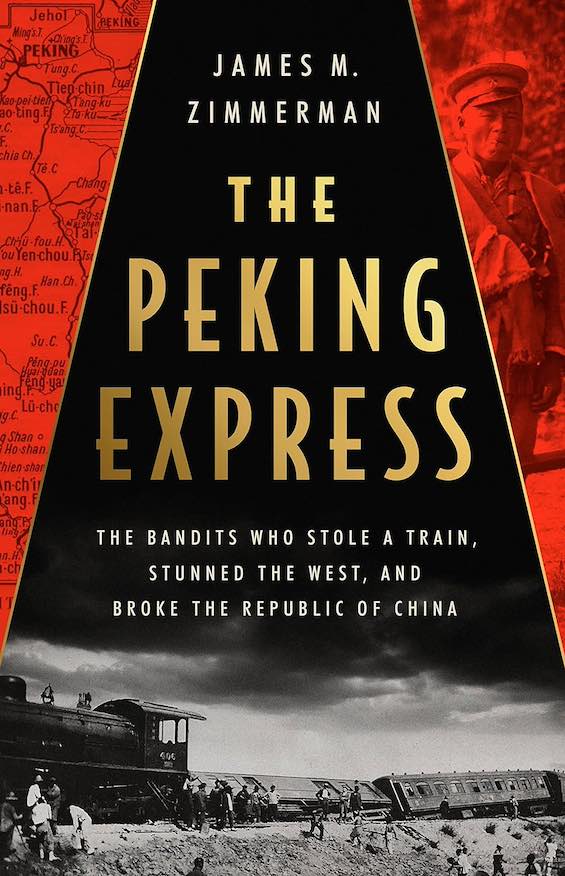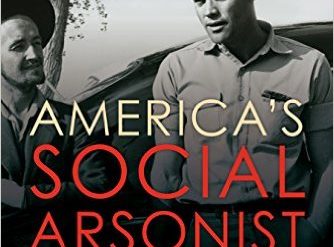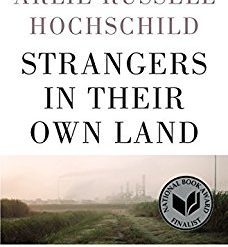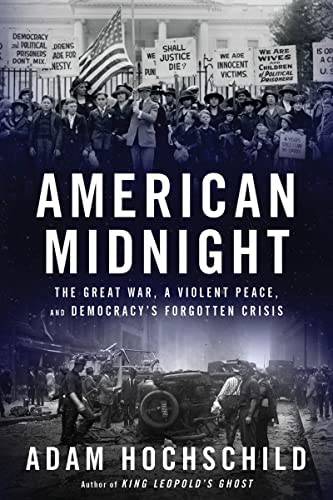
On Sunday, October 9, 2022, the cover story in the New York Times Book Review featured Adam Hochschild’s American Midnight. Reviewer Thomas Meaney characterized the book as “masterly” and applauded its reminder that “there are other contenders than the period beginning in 2016 for the distinction of Darkest Years of the Republic.” In fact, it’s clear from even a cursory reading of the book that the years 1917-21 were by far the most extreme example of political repression in American history. It has come to be called the First Red Scare. And it all took place under the leadership of the overrated Democratic President, Woodrow Wilson.
The First Red Scare was far worse than the second
During the Red Scare of the McCarthy years (1947-57), several thousand people lost their jobs, faced organized mob violence, or were forced to leave the country. Most famously, the Hollywood 10 were blacklisted by the film studios. It was a dark time in our history that continues to cast a pall over our memory of that time. But the First Red Scare led by Woodrow Wilson was far, far worse.
Hundreds of thousands of striking American workers faced the clubs, rifles, and even machine guns of National Guard troops, police, and private detectives. The postal service refused to deliver mail from Socialist and other dissenter publications. Sitting members of Congress and the New York State Assembly were unseated. Thousands of suspected radicals were rounded up and more than 500 of them deported. Leading labor organizers and Socialist orators were imprisoned for years on end for expressing views against the war or the Wilson administration.
During the war itself, these actions were justified by the need to protect the country against foreign spies. But, Hochschild reveals, “of the more than 2,000 cases the government prosecuted under the Espionage Act, only ten would involve people accused of being actual German agents.”
American Midnight: The Great War, a Violent Peace, and Democracy’s Forgotten Crisis by Adam Hochschild (2022) 432 pages ★★★★★
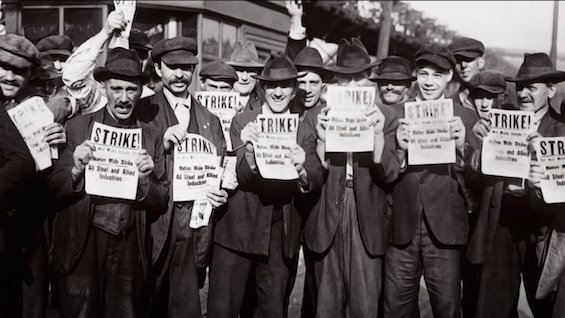
The Darkest Years of the Republic
As Hochschild observes in a prologue, history textbooks typically include a chapter about the First World War, with the following chapter recalling the Roaring Twenties. “This book is about what’s missing between those two chapters,” he writes. “It is a story of mass imprisonments, torture, vigilante violence, censorship, killings of Black Americans, and far more that is not marked by commemorative plaques, museum exhibits, or Ken Burns documentaries. It is a story of how a war supposedly fought to make the world safe for democracy became the excuse for a war against democracy at home.” And the account that follows in American Midnight abundantly illustrates those broad claims. The First Red Scare was ostensibly directed at “Reds.” But it ranged far more widely, making victims of labor, African-Americans, immigrants, and Progressive politicians.
A diverse cast of characters
Hochschild’s account of the First Red Scare is lively and deeply engaging, grounded in the personal experiences of a diverse cast of characters. Some, like Emma Goldman, Eugene V. Debs, J. Edgar Hoover, and Wilson himself, are well known. Others will be new to most readers. They include activists on the Left, Administration officials, vigilante leaders, and undercover officers who stirred up trouble to trigger police action.
- Wilson’s Postmaster General, Albert S. Burleson, was a zealous segregationist who led a draconian campaign to censor and drive out of business most of the Left’s newspapers and magazines as well as the foreign-language and African-American press.
- Robert La Follette, the Progressive US Senator from Wisconsin, was often a lonely voice in the Congress against the Administration’s assault on American civil liberties. Hochschild singles him out for praise, as did the US Senate itself in 1957, which named him one of five Senators to be listed in the chamber’s hall of fame.
- Popular Socialist Party orator Kate Richards (“Red Kate”) O’Hare was a thorn in the administration’s side until one of her anti-war speeches landed her in prison for violating the Espionage Act of 1917.
- Lt. Colonel (later Major General) Ralph Van Deman was a central figure in the drama as well. He built a fiefdom in Military Intelligence, using it to conduct a relentless war of espionage against the labor movement (especially the IWW, or Wobblies) and the Socialist Party, often against (vague) instructions from the President.
These are just a few of the fascinating characters who leap off the page in Hochschild’s beautifully researched book.
Reassessing the presidency of Woodrow Wilson
C-SPAN periodically surveys more than 100 “historians, professors, and other professional observers of the presidency” to compile a list of the “10 Greatest American Presidents.” Until recent years, Woodrow Wilson invariably appeared on the list. He was #6 in 2000. But since then his place on the list has steadily slipped downward. And the revelations in American Midnight undoubtedly account for a major share of that slippage. In the most recent ranking (2021), Wilson stands at #13. It seems likely to me that he will continue to slip down the list in the years ahead.
A Progressive first term
During his first term (1913-17), Wilson continued the momentum of the Progressive policies championed by Theodore Roosevelt. During that period he ushered through Congress a flood of important legislation. Lowering tariffs. Establishing the income tax. Creating the Federal Reserve Board. Passing the Clayton Antitrust Act. And setting up the Federal Trade Commission. There’s no doubt that these accomplishments helped secure him a place high on the list of the most effective American Presidents for many years. But, as we now know more clearly, there was another, much darker side to Wilson’s eight years in office. And the First Red Scare was merely part of the picture.
Racism and repression
Woodrow Wilson‘s second term (1917-21) was marked by war abroad and repression at home, as we have seen. But the Georgia-born President, racist to the core, had instituted segregation in the federal workforce upon entering the White House in March 1913. This step, frequently ignored in textbook accounts of Wilson’s time in office, led to “the reduction of Black civil service workers’ income, an increase in the significant income gap between Black and white workers, and the erosion of some of the gains Black people had made following Reconstruction,” according to the National Bureau of Economic Research. And it was Woodrow Wilson who screened the D. W. Griffith film, The Birth of a Nation, in the White House, gaining it richly undeserved attention. The film led to the establishment of a new iteration of the Ku Klux Klan and a rise in the lynching of African-Americans throughout the South.
Wilson is often lionized for the “Fourteen Points” he set out to frame the peace settlement for World War I. Yet during the nearly six months he spent in Paris to participate in the negotiations that led to the treaties ending the war he abandoned the most significant of those points in order to gain British and French support for the 14th: the establishment of the League of Nations. Tragically, the League proved to be feckless, and Wilson failed to gain the Senate’s support for it, in any case. And, as we now know all too well, the punitive terms of the Treaty of Versailles helped propel Germany into Nazism and the Second World War. Wilson is rarely held responsible for his role in this debacle. He should be.
About the author
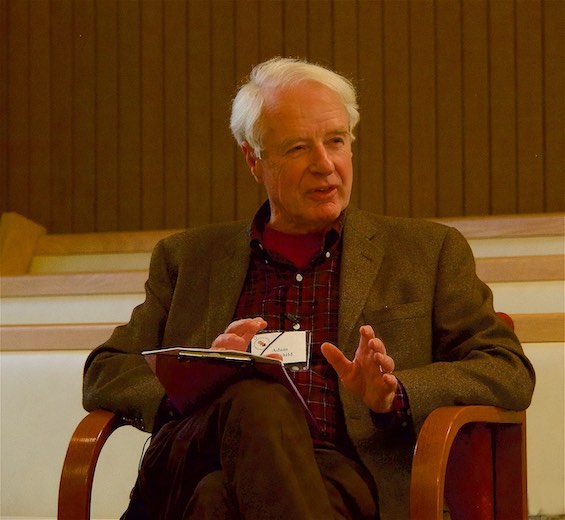
Adam Hochschild (1942-) is a Continuing Lecturer at the UC Berkeley Graduate School of Journalism. He is the author of eleven books, including two books of essays, a memoir, and eight historical works. He has received numerous awards for his writing. As his bio at UC Berkeley notes, “Earlier in his career, he was a reporter for the San Francisco Chronicle, a commentator on National Public Radio’s ‘All Things Considered,’ and a co-founder, editor, and writer at Mother Jones magazine.” He lives in Berkeley with his wife, sociologist Arlie Russell Hochschild. They have two adult sons.
For related reading
This book is among The best nonfiction of 2022 and it’s one of the top 10 nonfiction books that changed my thinking.
I’ve been reading Adam Hochschild’s books for many years. Those I’ve read more recently and reviewed here include:
- To End All Wars: A Story of Loyalty and Rebellion, 1914-1918 (Reassessing World War I: Learning history the hard way)
- Rebel Cinderella: From Rags to Riches to Radical, the Epic Journey of Rose Pastor Stokes (Early 20th-century America viewed through the life of one extraordinary woman)
- Spain in Our Hearts: Americans in the Spanish Civil War, 1936-1939 (The American role in the Spanish Civil War)
For a more comprehensive account of the Great War, see The First World War by John Keegan (They called it the Great War, and so it was).
You might also be interested in:
- Top 20 popular books for understanding American history
- Good books by Berkeley authors
- 20 top nonfiction books about history
And you can always find my most popular reviews, and the most recent ones, on the Home Page.

